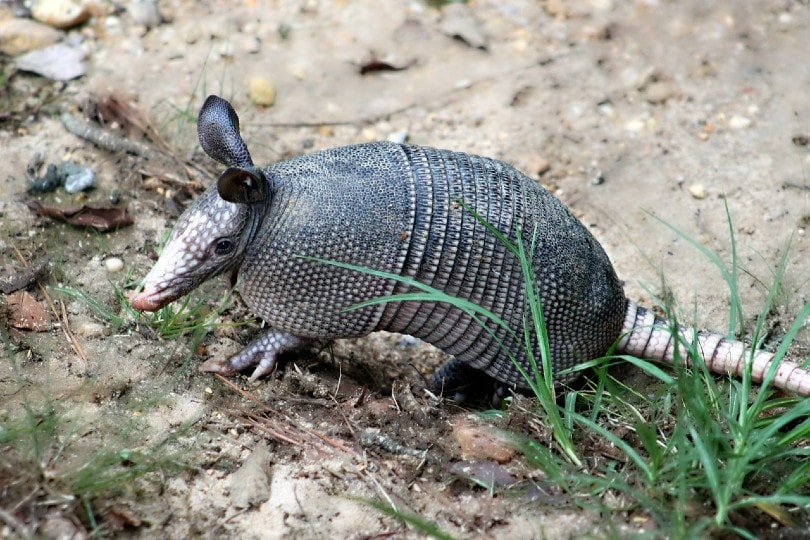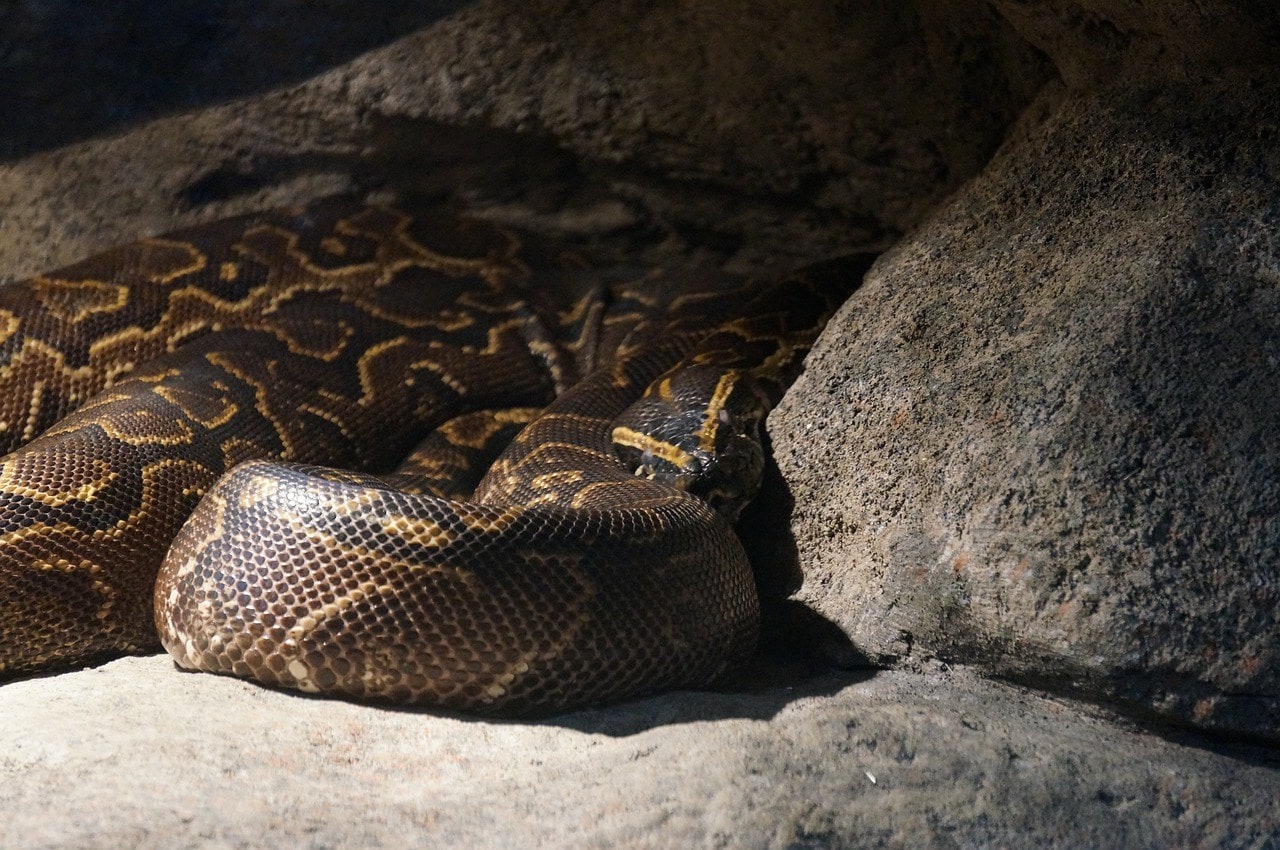Click to Skip Ahead
The armadillo is a unique animal that can live on land and in water. It has evolved over time into an incredible creature that can survive extreme weather due to its natural armor of bony plates called ‘scutes.’ In fact, this armor helps it get around during harsh times, making it one of the most resilient mammals in America.
Unfortunately, armadillos are not usually considered great pets. They have several quirks and habits that make them undesirable for the average pet owner, such as digging holes all over your yard, getting into garbage, and eating everything they can find.
However, there is more to these little animals than meets the eye! In this post, we will explore the armadillo’s natural habitat and behavior to help you decide if an armadillo would be a good pet for you.

What Is an Armadillo?
Armadillos are part of the Cingulata order and the Dasypodidae family. They are closely related to anteaters, sloths, and other mammals that eat insects or plants, but unlike many other cingulate animals, armadillos spend most of their time on land rather than in trees.
Armadillos come in various shapes and sizes, but the most common ones generally weigh 16 pounds and measure about 12–24 inches from head to tail. This makes them very easy animals to handle or transport if necessary, especially when they’re curled up in a ball!
They have a hard shell that covers their bodies and gives them a unique look. This “armored” skin protects them from insect bites or stings, as well as other attacks! These one-of-a-kind animals live in North America, South America, and some parts of Africa. They thrive in warmer climates and are most commonly found in semi-arid or desert regions.
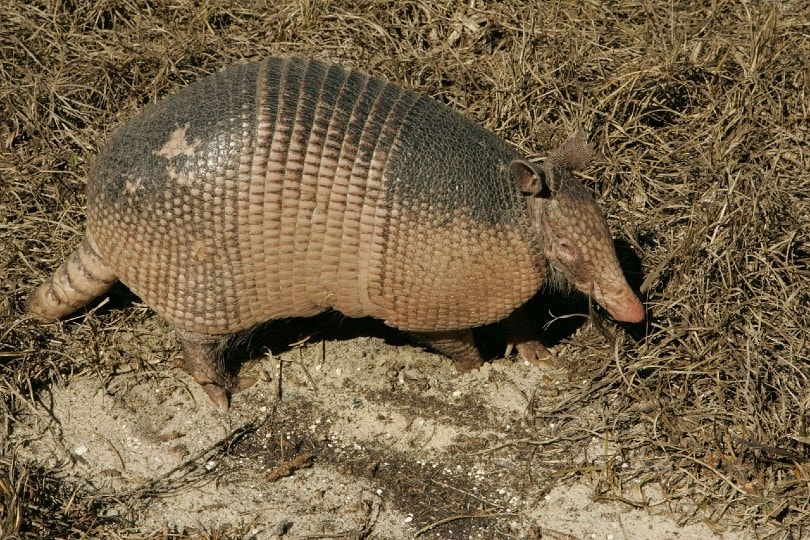
Temperament
Armadillos are primarily solitary creatures but sometimes live in small groups. They prefer to be on the ground and do not climb trees like sloths. When around humans, the armadillo is very calm and relaxed. They don’t need much space or company but enjoy being petted!
Don’t be fooled by the tough exterior; armadillos can be quite affectionate.
Lifespan
In the wild, armadillos have an average lifespan of around 12 years. In captivity, this can be increased to 20 to 30 years!
Health Conditions
One downside to armadillo pets is that they are susceptible to parasites, pests, and certain diseases, such as leprosy and malaria! Obtaining veterinarian care for such an animal could be difficult, and you may have to travel several miles to find an exotic animal vet.
Feeding a Pet Armadillo
Armadillos are omnivores, which means they eat plants and animals. In the wild, they eat insects, plants (especially fruit), birds’ eggs, snails, and slugs. They have even been known to go after other small animals, such as lizards and mice.
When pet owners feed their armadillos a primarily plant-based diet, they usually offer fresh fruit and vegetables as well as pellets for added protein. Some people add dog or cat food to the mix, helping the animals maintain an ideal weight.
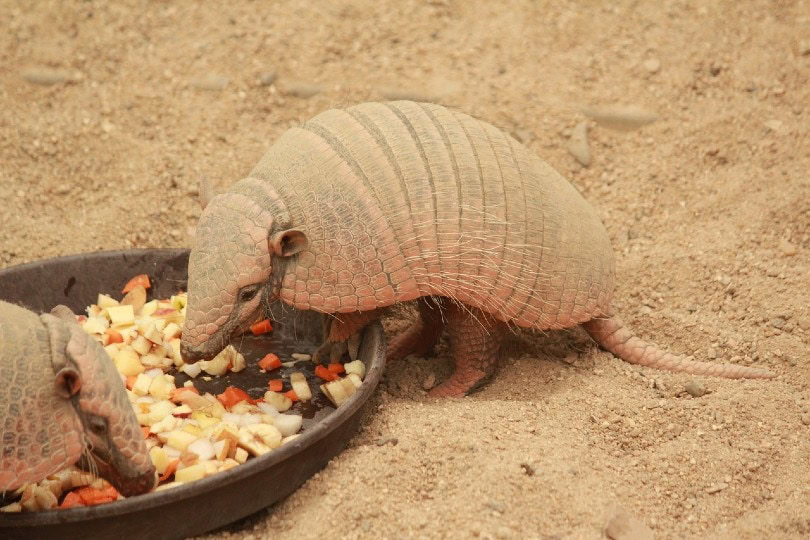
What Kind of Living Area Do They Need to Live Comfortably?
Armadillos are not domesticated, so it’s best to leave them in their natural habitat.
However, if you want an armadillo as a pet and have the means to provide adequate space for them, these requirements must be met:
- An enclosure needs at least four sides.
- An armadillo needs to be able to dig.
- The enclosure should provide a natural habitat for the animal, mimicking its environment in its native country.
- An armadillo should be provided with a pool to swim in.
- An armadillo needs at least 20 square feet of space for every foot long it is.
- The enclosure should provide adequate shelter from the weather, plenty of room to roam around freely, and enough food to sustain them during their stay.
Armadillos are not domesticated animals and require space to explore, so they can’t stay caged up all day. They need plenty of room and walking space to explore and live comfortably.
Can You Tame an Armadillo?
The armadillo is a wild animal and can be challenging to domesticate, with some exceptions. A baby armadillo is more likely to be domesticated because it doesn’t have the same aggressive tendencies as an adult.
You will not be able to teach your armadillo tricks or train it to perform tricks for you. Armadillos aren’t as friendly or as easy to tame as domesticated animals.
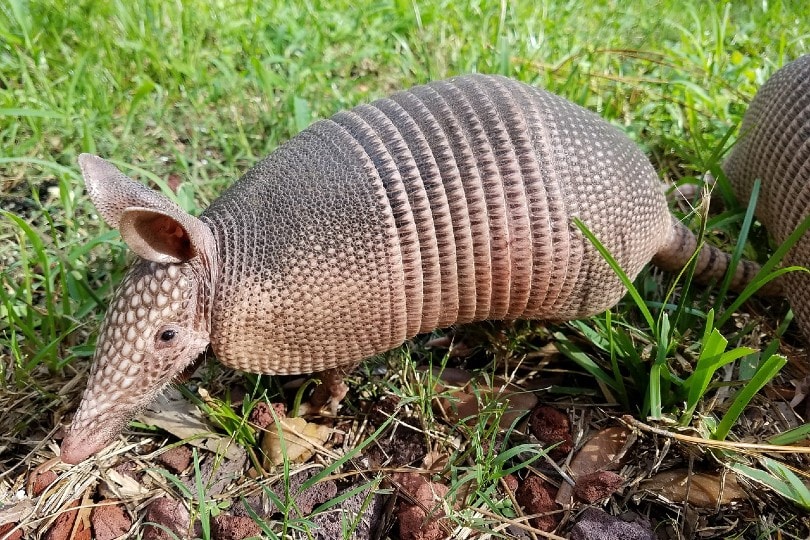
Are They Easy to Care For?
The armadillo’s basic needs are not the most difficult to care for if you are an experienced pet owner. However, it is not a hands-off process. If they don’t eat bugs in the wild, which is what their diet mainly consists of when free-roaming, they can be fed cat or dog food.
You might also want a second opinion about whether this is really what you want from a “pet.” It should not be seen as a low-maintenance pet that will never need anything other than food and water. Armadillos are wild creatures that require the corresponding care and attention.
Many people are drawn to an armadillo because it looks unusual, but consider everything you must provide for your new friend before getting too attached!
- Remember: No matter what kind of animal you get, they require a lot of care to thrive. Armadillos are no exception!
Do They Get Along With Kids and Other Pets?
We do not recommend an armadillo as a pet for children. A child’s actions may cause the armadillo to feel threatened and lash out, which can lead to severe injuries. Armadillos aren’t likely to befriend other animals in your home, especially reptiles and rodents, since they’re considered prey. Cats and dogs will make the armadillo nervous and unhappy, and they may feel threatened by the strange animal’s presence.
The Costs of Owning an Armadillo
Since armadillos are not traditionally regarded as pets, you’ll have a tough time finding a pet store that sells them. You’ll have to buy a hatchling from a breeder since it’s illegal in most states to capture armadillos in the wild.
The cost of caring for your new pet is also going to be expensive. You’ll need to by an enclosure and plenty of live insects and small animals to feed them.
The good news is that these animals are easy on their feet, so it won’t take much work when it comes time to clean up after them.


Conclusion
Armadillos don’t make good pets, and in some areas, it’s illegal to own them. However, some people are fascinated by unusual animals and have experience caring for exotic pets. Before searching for a specialized breeder, ensure owning an armadillo in your area is legal. They are only suitable for experienced owners and aren’t ideal for families.
Featured Image Credit: Cheryl Holt, Pixabay
